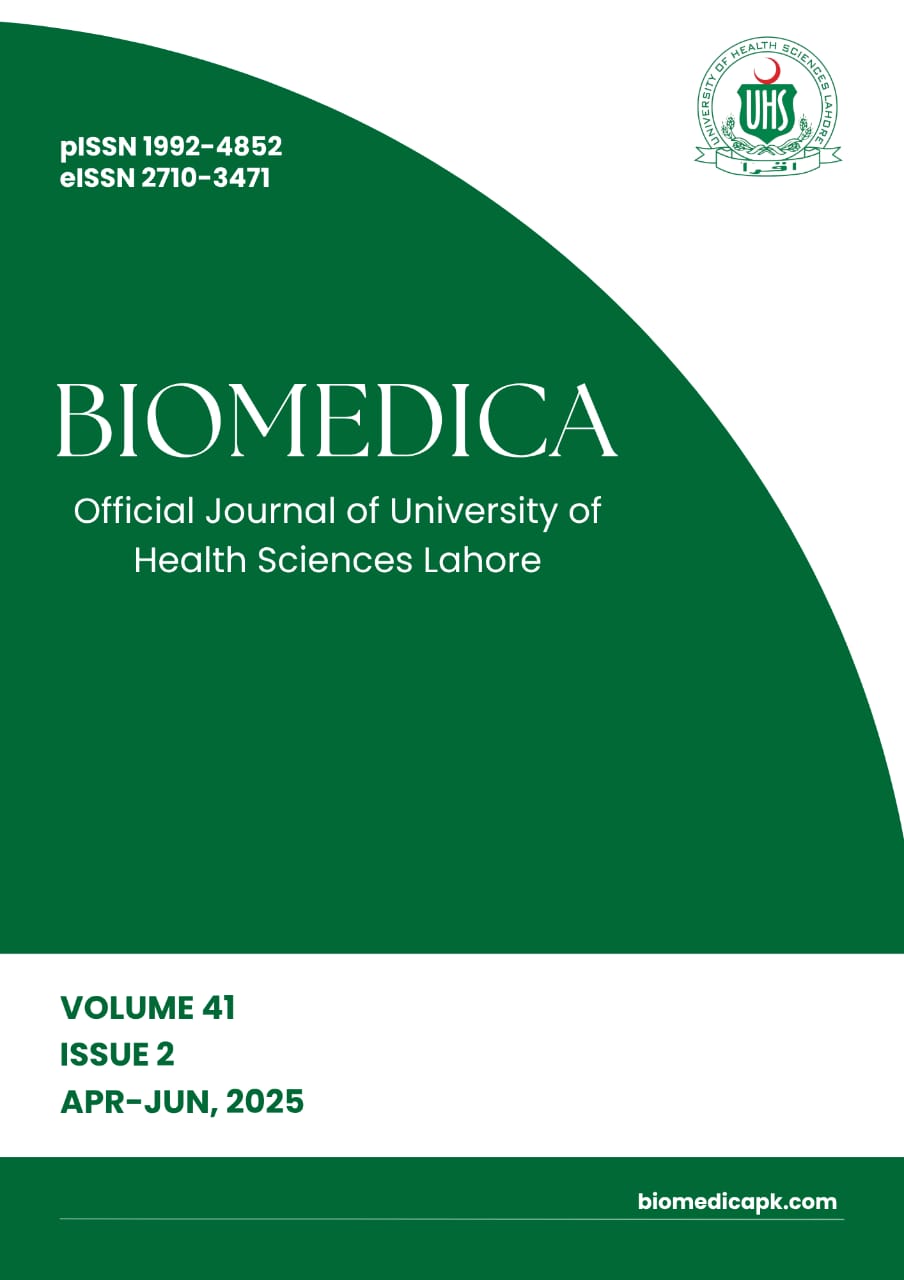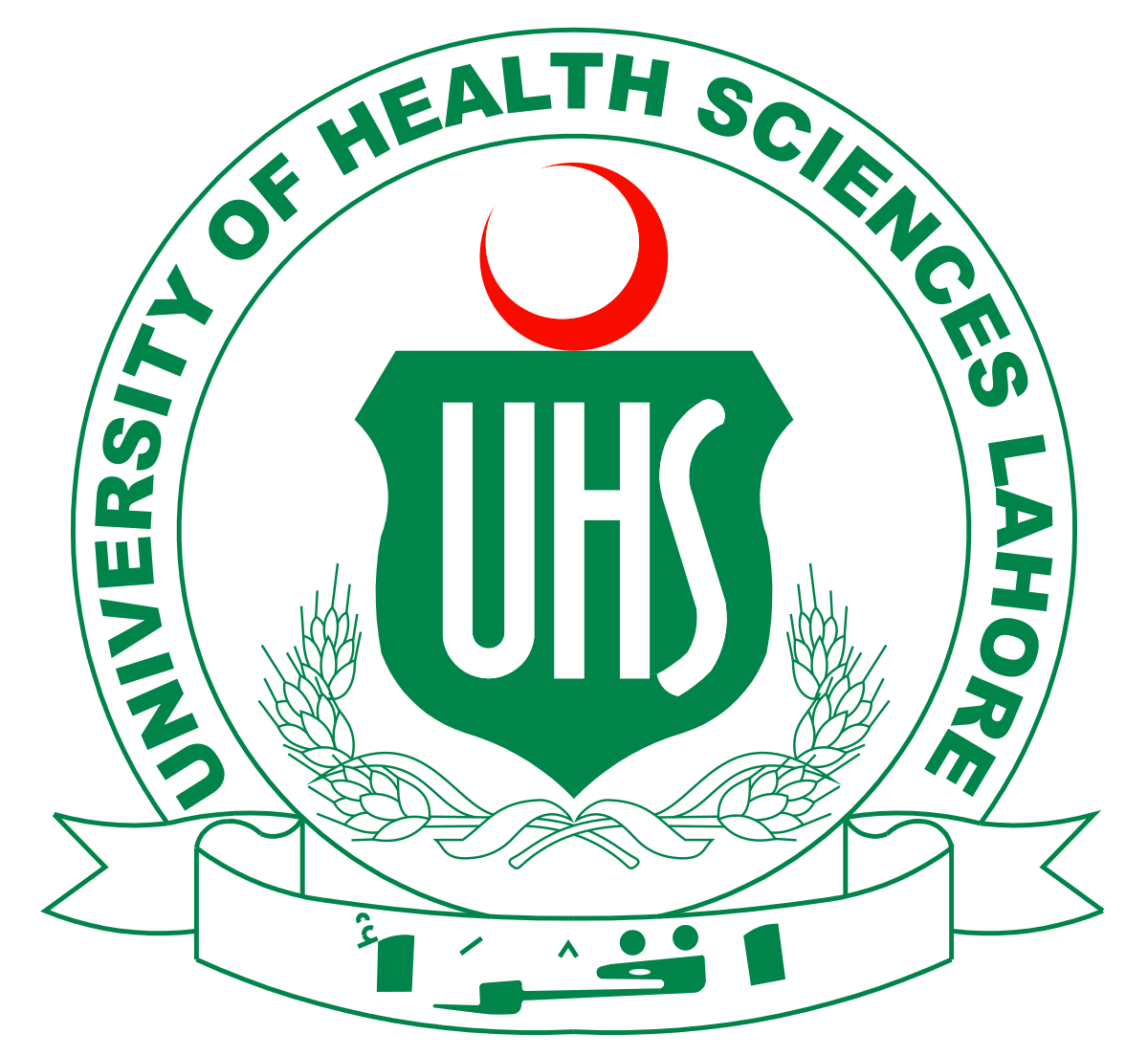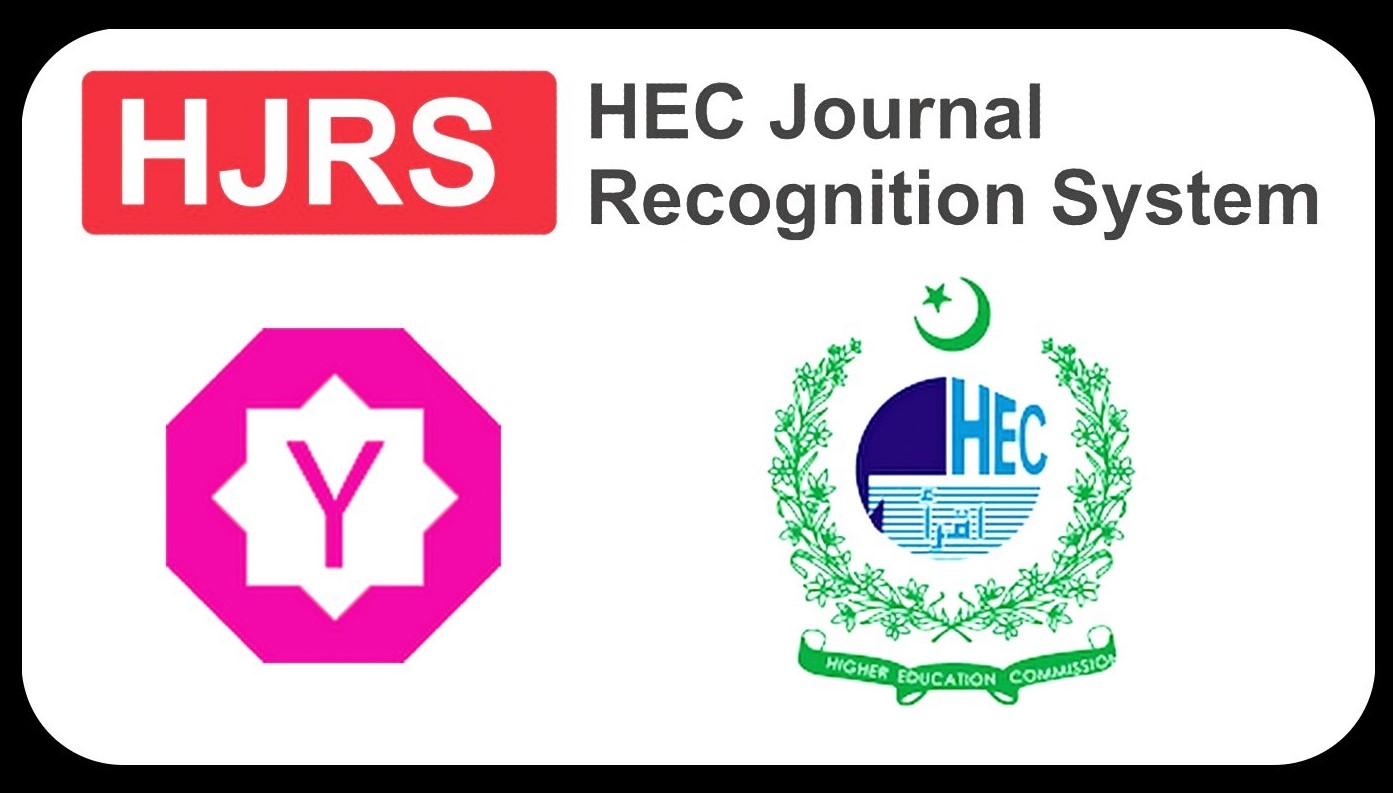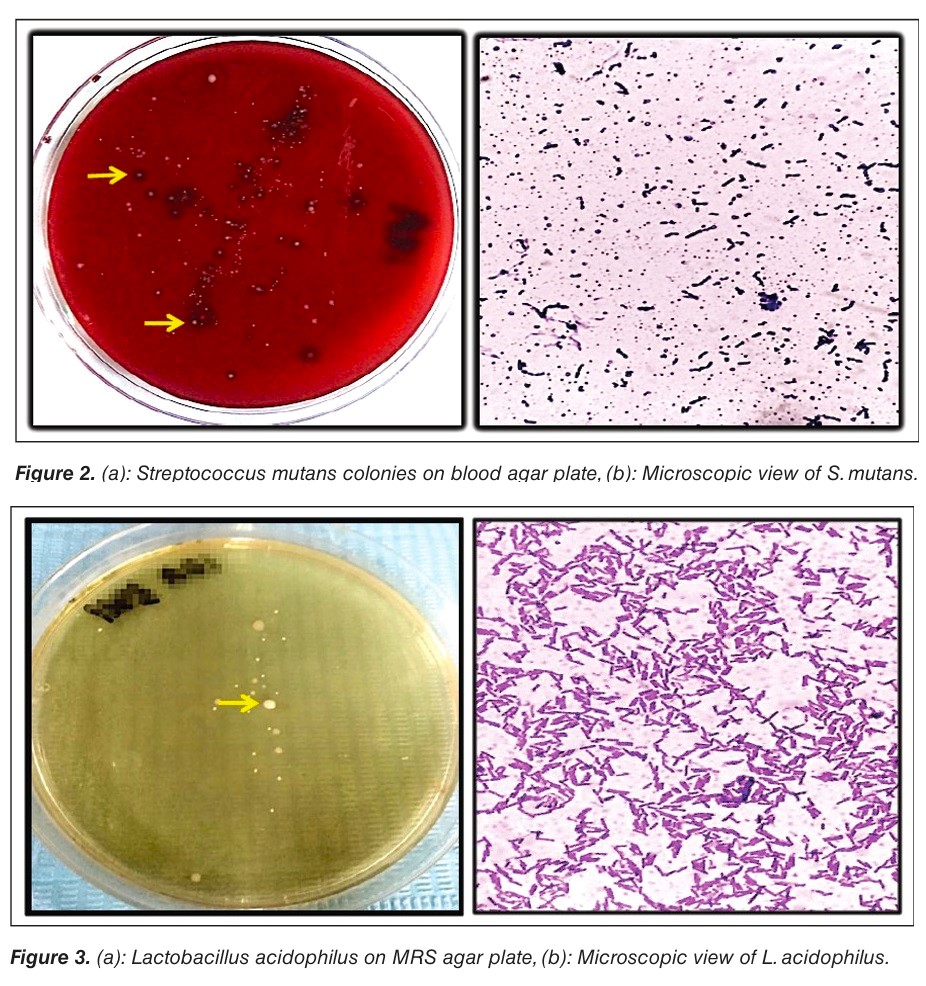 Original Article |
June 25, 2025
Original Article |
June 25, 2025
Fluid volume as a predictor of pneumothorax after ultrasoundguided thoracocentesis
Background and Objective: Pneumothorax, an accumulation of air between the pleural layers, can occur spontaneously or post-traumatically. Thoracocentesis, a common procedure for aspirating pleural fluid, is a known cause of iatrogenic pneumothorax, with a prevalence of 13-19%. Despite ultrasound guidance reducing the incidence, complications persist, especially with large fluid volumes. Prior studies offer conflicting evidence on the link between aspirated fluid volume and pneumothorax risk. This study aims to determine pneumothorax frequency in patients undergoing ultrasound-guided thoracocentesis and assess the relationship between pneumothorax and fluid volumes of ≤1000 ml and >1000 ml.
Methods: A cross-sectional study was conducted at Memon Medical Institute Hospital, Karachi, from February to August 2024. Patients aged 20-60 years with pleural effusion undergoing ultrasound-guided thoracocentesis were included, excluding those with pre-existing pneumothorax or significant lung disease. The sample size was 266. Patients were divided into Group A (≤1000 ml) and Group B (>1000 ml), with Group B subdivided into B1 (1000-1500 ml) and B2 (>1500 ml). Data were analyzed using SPSS, and the association between fluid volume and pneumothorax was assessed using chi-square (p<0.05).
Results: The mean age was 49.55±7.63 years. Pneumothorax occurred in 8.6% of patients, with 4.5% in Group A and 12.7% in Group B. Subgroup B1 had a 6.9% incidence, and Subgroup B2 had 19.6%. Males had a higher incidence (82.35%) than females (52.94%). Fluid aspiration ranged from 550-950 ml in Group A (mean 778.3±160.8 ml) and 1250-2000 ml in Group B (mean 1669.4±253.9 ml). A significant association was found between fluid volume and pneumothorax (p<0.05).
Conclusion: An 8.6% pneumothorax incidence was observed, with higher risks when aspirated fluid exceeded 1000 ml, especially over 1500 ml, underscoring the need for procedural guidelines to enhance safety.







